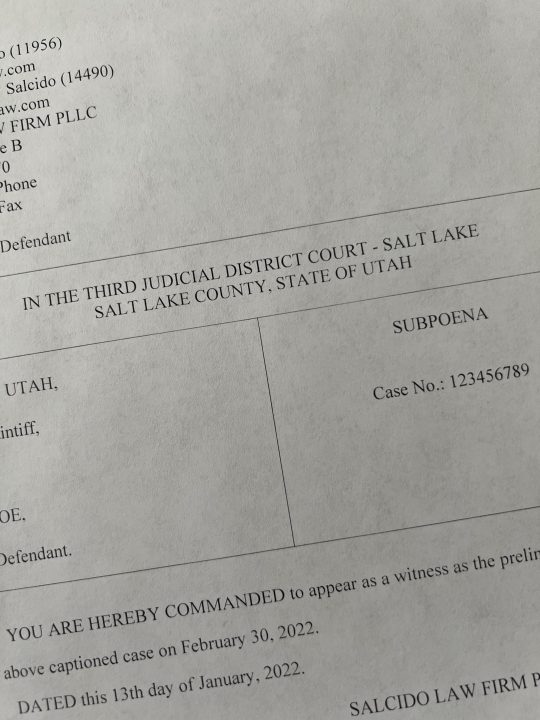Defending Assault Against School Employee Charges

This was a case of a junior high school student’s (W.E.M.) appeal for assault against school employee, a class A misdemeanor if committed by an adult. W.E.M. and his friends came up with a horseplay type of game, in which one friend bumped into another friend, which caused the person being bumped to bump into other people passing by. During one of these bumping games, W.E.M. was walking down a hallway in the school with his friend K.J. and another friend. K.J. bumped W.E.M. several times, pushing him into people passing by. At one point, an assistant principal was one of the people passing by, and after K.J. pushed W.E.M., W.E.M. struck the assistant principal with his shoulder. This encounter threw her off balance, as she felt a strong pain in her arm. W.E.M. testified that he did not see the assistant principal before he struck her.
The juvenile court adjudicated W.E.M. delinquent for assault against a school employee. W.E.M. appealed and argued that there was insufficient evidence for such adjudication. Challenges to the sufficiency of the evidence are reviewed for clear error. W.E.M.’s argument was based on his assertion that he did not know at the time of the incident that the person he struck was a school employee, and therefore the State did not meet its burden of proving every element of the offense.
Pursuant to Utah Code Ann. § 76-5-102.3(1), for assault against school employee charges, the State was required to prove beyond a reasonable doubt that W.E.M. “assault[ed] an employee of a public or private school, with knowledge that the individual [was] an employee, and when the employee [was] acting within the scope of [her] authority as an employee.” The court discussed that there was insufficient evidence from which it could infer W.E.M. saw the assistant principal before the collision. W.E.M. testified that he had to actually turn around after the collision to see who he had hit. Additionally, the surveillance video showed that the halls were crowded during the time of the incident, which may have obstructed the view between the two of them.
However, there was sufficient evidence to establish that W.E.M. acted voluntarily when he assaulted the assistant principal. He had taken part in this bumping game previously, he knew it could cause injury, and he was pushed into someone else before bumping into the assistant principal. This showed that his participation was no accident. Therefore, the Court of Appeals vacated the juvenile court’s ruling that W.E.M. committed an assault against a school employee and remanded for the court to enter an adjudication for simple assault.




